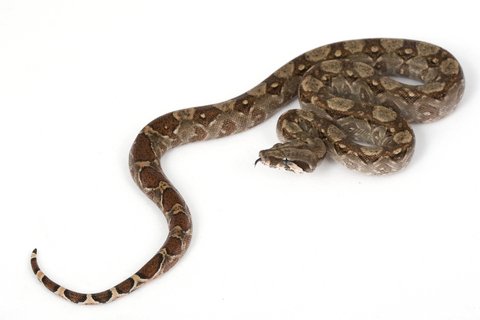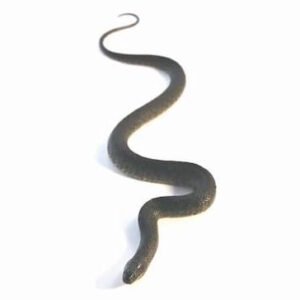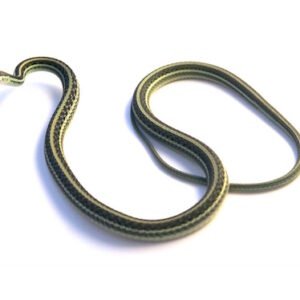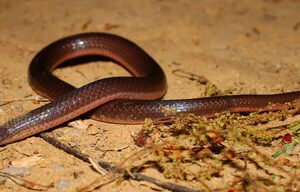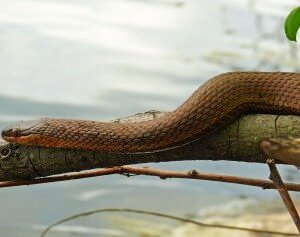Natural Habitat and Distribution
The Central American Boa (Boa constrictor imperator) is a non-venomous snake that inhabits a variety of environments across Central America, showcasing a remarkable adaptability to different ecosystems. Its natural habitat ranges from lush rainforests to arid savannas, emphasizing the species’ versatility and ecological significance. Primarily, these boas are found in countries such as Nicaragua, Costa Rica, and Panama, where they thrive in humid tropical forests rich in biodiversity.
In rainforest ecosystems, the Central American Boa often resides in trees, utilizing its excellent climbing abilities to seek shelter and hunt for prey. The dense foliage offers both a camouflage against predators and abundant opportunities for feeding, primarily on rodents, birds, and other small mammals. Conversely, in savanna regions, these boas are known to explore grasslands and shrub areas, demonstrating their capacity to adapt to drier habitats where cover may be less plentiful.
Distribution of the Central American Boa varies across its range, with notable populations found in coastal regions and near river systems, which provide the moist conditions conducive to their survival. The presence of water sources significantly contributes to both their habitat selection and overall wellbeing. Important habitats have been identified in areas such as the Osa Peninsula in Costa Rica, characterized by its biodiversity and vibrant ecosystems that support these snakes.
As habitat destruction due to urban development and agriculture continues to threaten their survival, conservation efforts become crucial. Preserving their natural environments is essential not only for the Central American Boa but also for the overall health of the ecosystems they inhabit. Effective conservation strategies should aim to protect these habitats, ensuring the longevity of this stunning species and the intricate balance of biodiversity it supports.
Behavior, Diet, and Physiological Characteristics
The Central American Boa (Boa constrictor imperator) exhibits a range of behaviors and physiological adaptations that contribute to its survival in the wild. Known for its robust body and striking coloration, this species utilizes both its physical and behavioral traits for hunting and self-preservation. Its primary diet consists of small to medium-sized mammals and birds, which it captures using a distinctive constricting method. Once a suitable prey is identified, the boa employs various hunting techniques, including ambush and active hunting, demonstrating flexibility in its predatory approach.
Central American Boas possess exceptional strength, which enables them to subdue prey effectively. Their keen sense of smell, aided by a specialized organ known as the Jacobson’s organ, allows them to detect potential food sources from a distance. The size of an adult boa can range significantly, with some individuals reaching lengths of up to 10 feet or more, enhancing their ability to overpower larger prey. The muscular strength coupled with their camouflage, derived from their natural habitat’s hues, allows them to blend seamlessly into the environment, significantly increasing their hunting success.
Social behavior in Central American Boas is relatively minimal, as these reptiles are primarily solitary creatures. However, during the mating season, specific rituals come into play. Males will often engage in combat with one another to gain access to females, showcasing their strength and dominance. The reproductive practices include egg-laying, with females typically breeding every two to three years. Physiologically, these boas are well adapted to their environment. They utilize thermoregulation to maintain optimal body temperatures, which is critical for their metabolism and overall functioning. Furthermore, their ability to camouflage themselves not only aids in hunting but also serves as an effective defense mechanism against predators, contributing to their successful life cycle and ecological role within their environment.

